15 Toxic Plants You Should NEVER Keep in Your Home or Yard (and Safe Alternatives)
Not all greenery is safe to grow around your home—many toxic plants can harm kids, pets, or even adults if touched or ingested. While they may look beautiful, these common houseplants and garden favorites can cause everything from skin irritation to life-threatening poisoning.
To help you protect your loved ones, we’ve compiled a list of 15 toxic plants you should never keep indoors or in your yard—plus safe, non-toxic alternatives that bring the same beauty without the risks.
Why Knowing About Toxic Plants Matters
- Children and pets are curious. Bright berries, glossy leaves, or attractive flowers often tempt little hands and paws.
- Symptoms are often mistaken. Vomiting, seizures, or rashes can easily be misdiagnosed unless you know exposure to a plant occurred.
- Not just ingestion. Some plants cause reactions from skin contact alone, leading to painful rashes or burns.
- Safer options exist. You don’t need to sacrifice beauty—many non-toxic plants provide the same charm without the risks.
15 Toxic Plants You Should NEVER Keep in Your Home
1. Oleander
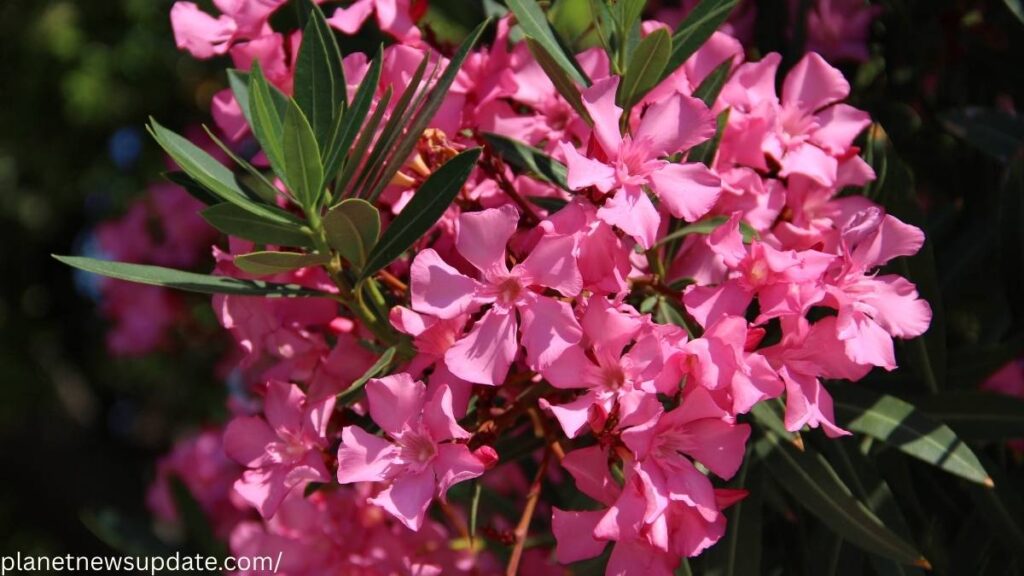
Toxic part: All parts (leaves, flowers, stems, and even smoke from burning)
Why dangerous: Contains cardiac glycosides; just one leaf can be fatal to a child.
Symptoms: Severe abdominal pain, drooling, irregular heartbeat, death.
Safe alternative: Hibiscus or camellia shrubs for vibrant flowers without risk.
2. Giant Hogweed
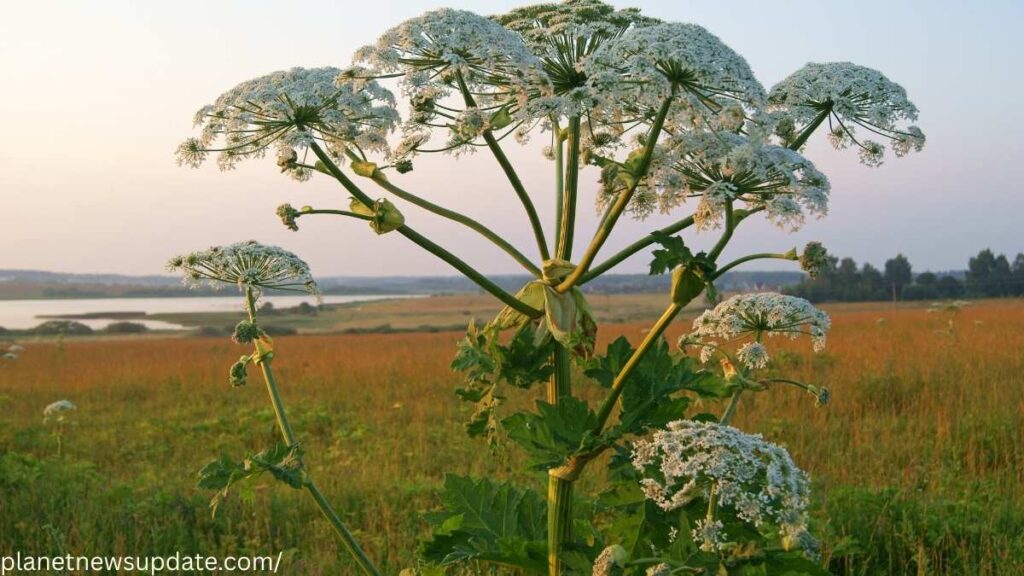
Toxic part: Sap
Why dangerous: Its sap reacts with sunlight to cause severe burns and blisters that can last for months.
Symptoms: Painful rashes, skin discoloration, long-term sun sensitivity.
Safe alternative: Queen Anne’s lace (similar look, harmless).
3. Foxglove
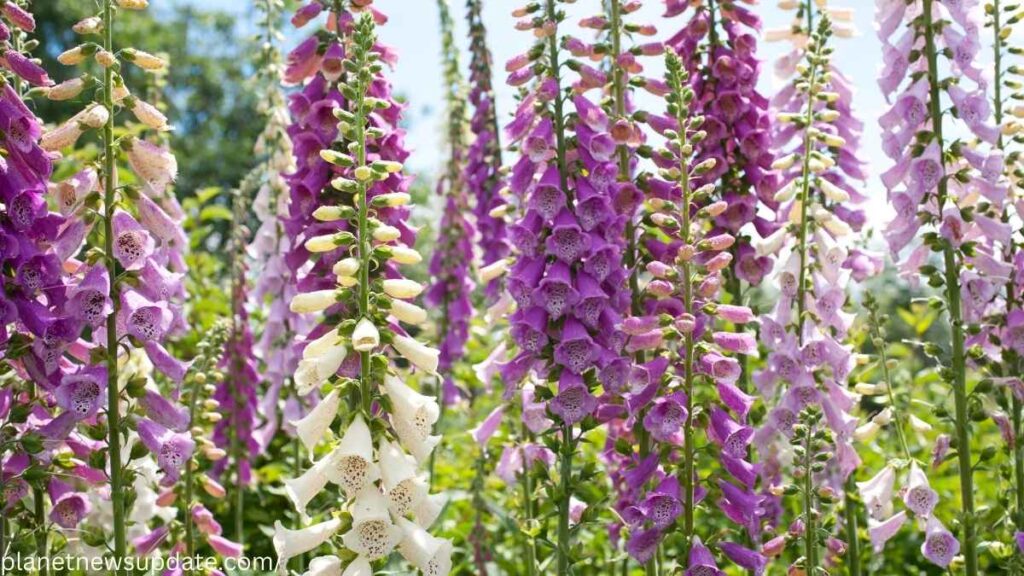
Toxic part: Leaves, flowers, seeds
Why dangerous: Contains digoxin and digitoxin—chemicals also used in heart medication, but deadly in uncontrolled doses.
Symptoms: Irregular heartbeat, seizures, cardiac failure.
Safe alternative: Penstemon, a foxglove lookalike with no toxins.
4. Deadly Nightshade (Belladonna)

Toxic part: Berries, foliage
Why dangerous: All parts are poisonous; berries are especially tempting to kids.
Symptoms: Dilated pupils, hallucinations, convulsions, coma.
Safe alternative: Blueberries—safe, edible, and kid-friendly shrubs.
5. Mistletoe
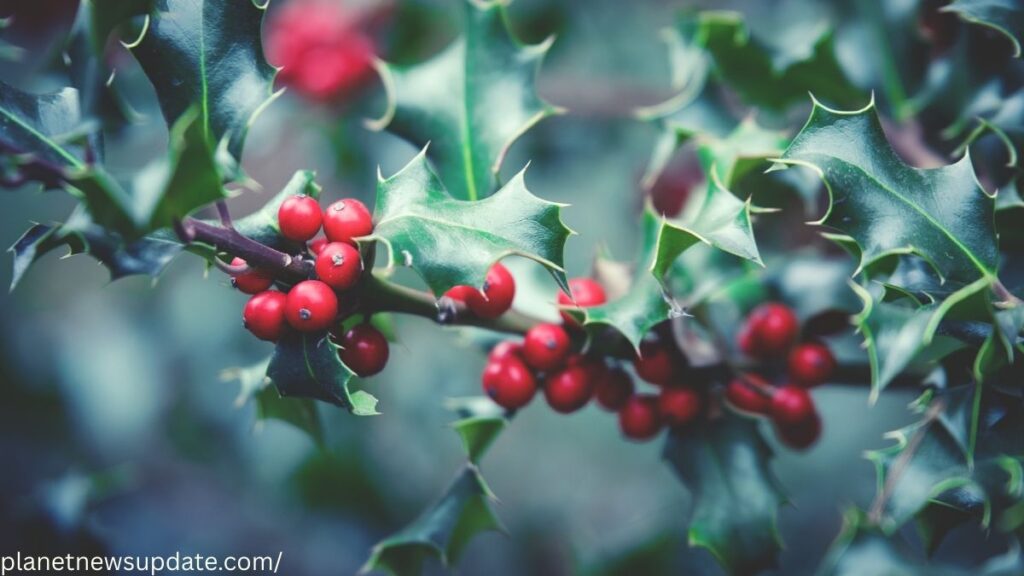
Toxic part: Berries and leaves
Why dangerous: Contains phoratoxin, leading to heart problems and breathing difficulties.
Symptoms: Vomiting, slowed heartbeat, difficulty breathing.
Safe alternative: Artificial mistletoe for holiday décor.
6. Rhododendron & Azalea
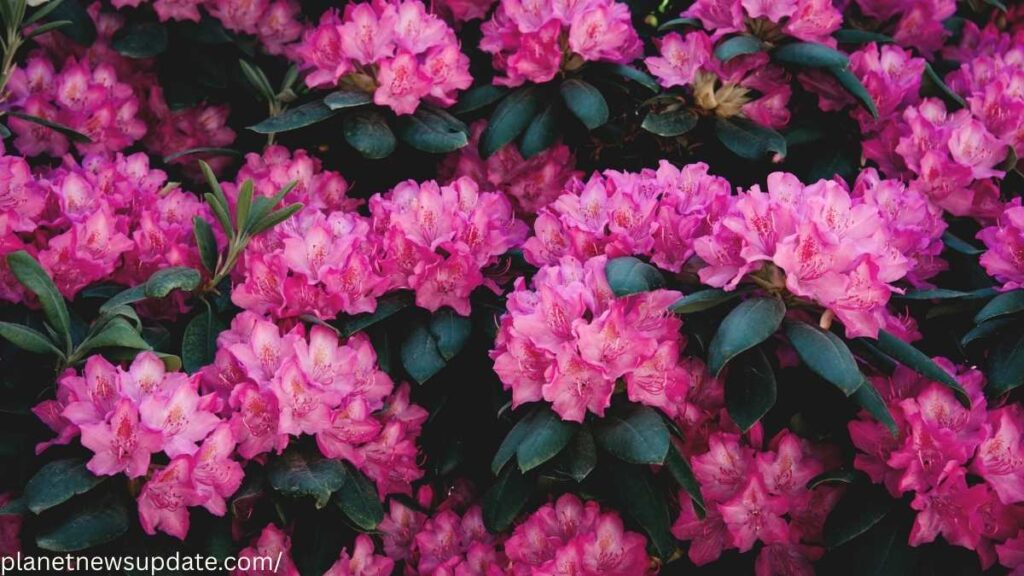
Toxic part: All parts
Why dangerous: Contain grayanotoxins.
Symptoms: Salivation, vomiting, coma, potentially death in pets.
Safe alternative: Hydrangea (but note: mildly toxic too; keep out of reach).
7. Caladium (Elephant Ear)
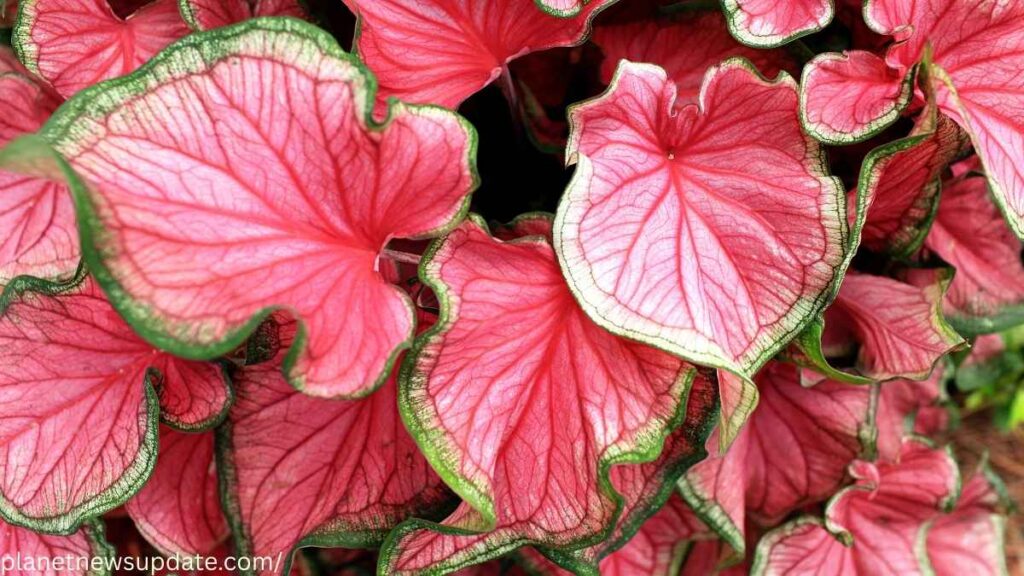
Toxic part: Leaves and stems
Why dangerous: Insoluble calcium oxalates cause intense mouth pain.
Symptoms: Swelling, drooling, difficulty swallowing.
Safe alternative: Rex begonias for colorful foliage indoors.
8. Lily of the Valley
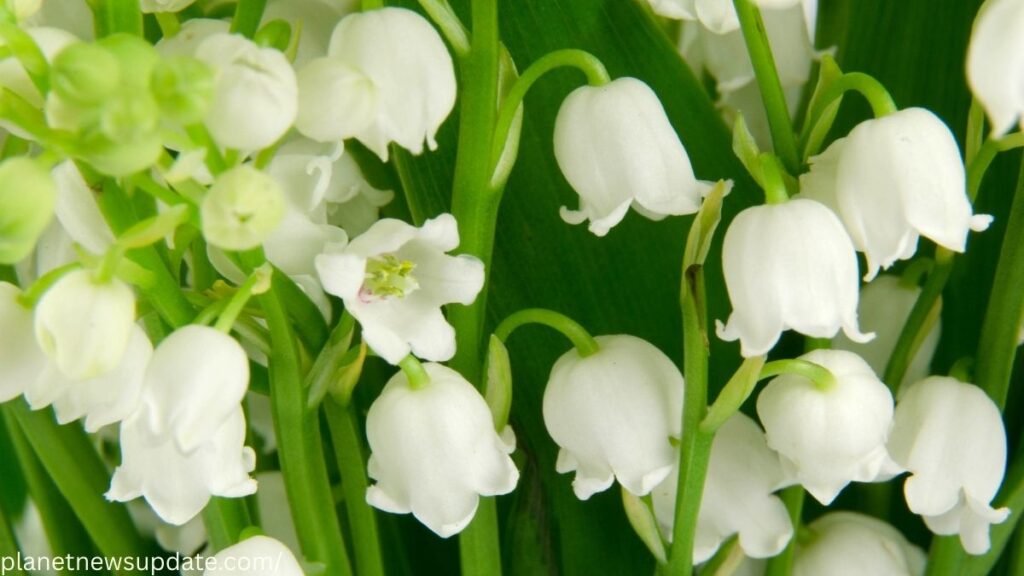
Toxic part: All parts
Why dangerous: Contains cardenolides; tiny amounts can disrupt heart rhythm.
Symptoms: Vomiting, dizziness, irregular heartbeat, possible death.
Safe alternative: Snowdrops (similar look, non-toxic).
9. Daffodils
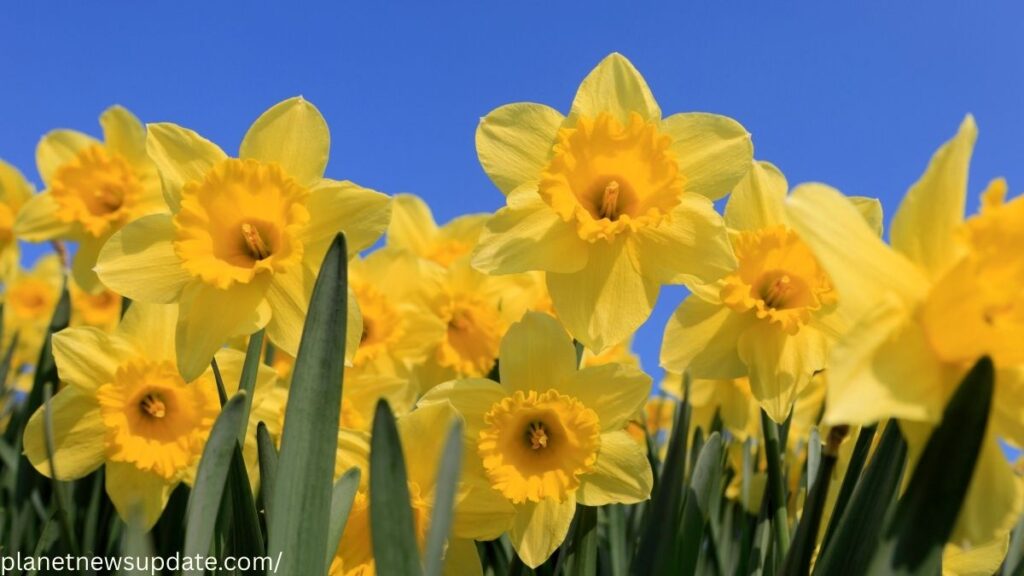
Toxic part: Bulbs, leaves, flowers
Why dangerous: Bulbs contain lycorine.
Symptoms: Nausea, convulsions, irregular heart rate.
Safe alternative: Tulips (though mildly toxic to pets, far less dangerous).
10. Autumn Crocus

Toxic part: Bulbs and leaves
Why dangerous: Contains colchicine, which can cause organ failure.
Symptoms: Diarrhea, kidney damage, shock.
Safe alternative: True crocus (harmless and colorful).
11. Morning Glory
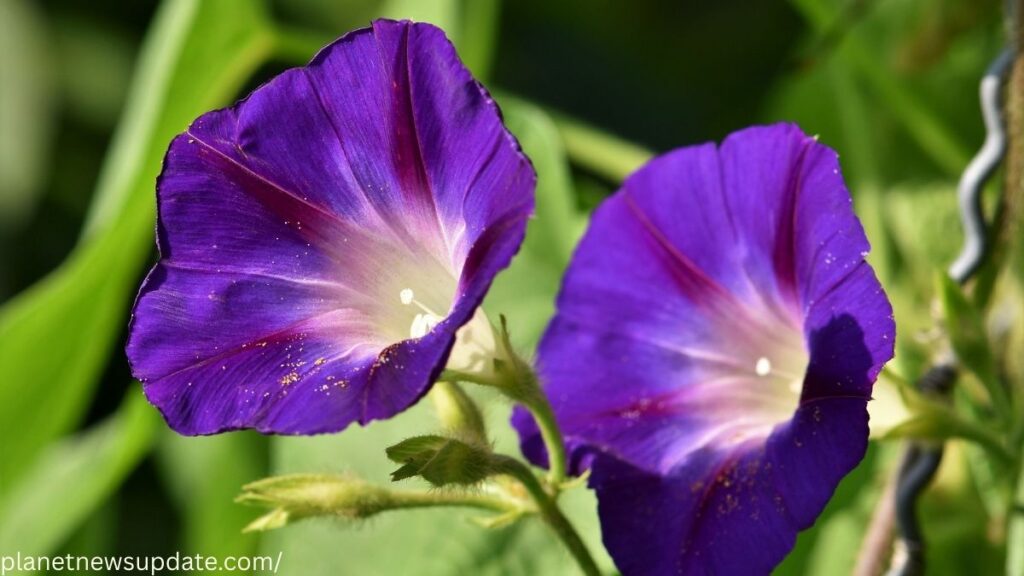
Toxic part: Seeds
Why dangerous: Contain alkaloids that mimic LSD.
Symptoms: Hallucinations, diarrhea, disorientation.
Safe alternative: Sweet peas (safe flowering vine).
12. Yew
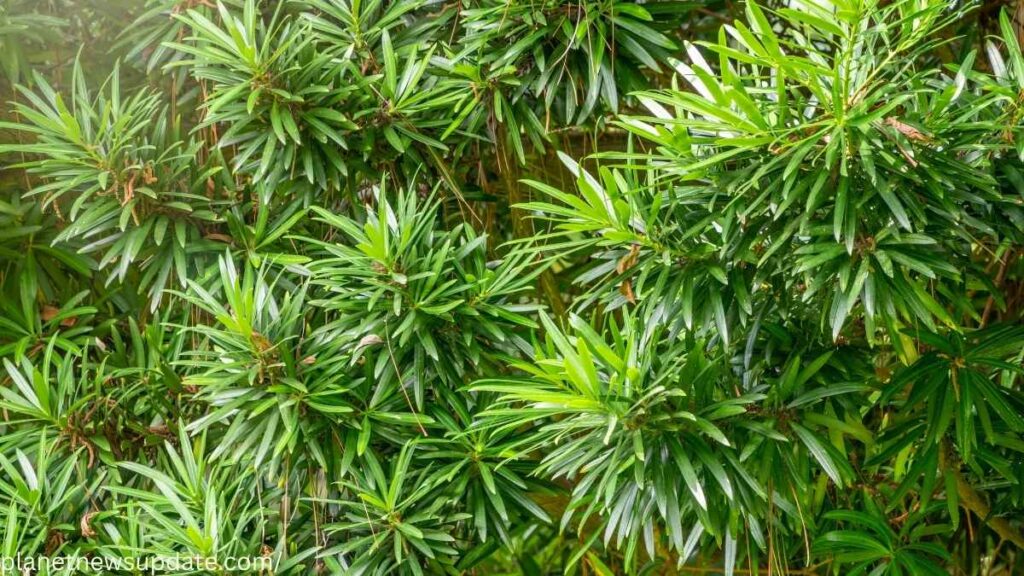
Toxic part: Needles, seeds, bark
Why dangerous: Contains taxine alkaloids.
Symptoms: Breathing problems, seizures, sudden death.
Safe alternative: Arborvitae or boxwood shrubs.
Must Read: Guide to Growing Potatoes
Must Read: Clover Lawns Are Making a Comeback
Must Read: The Ultimate Guide to Growing Garlic at Home
Must Read: 10 Proven Ways to Keep Slugs Out of Your Garden Naturally
Must Read: Why Hiring a Landscape Designer Is the Best Investment
13. Sago Palm

Toxic part: Seeds and leaves
Why dangerous: Contains cycasin, extremely toxic to pets.
Symptoms: Liver failure, seizures, death (just one seed can kill a dog).
Safe alternative: Ponytail palm or parlor palm—pet-friendly and striking.
14. Castor Bean Plant
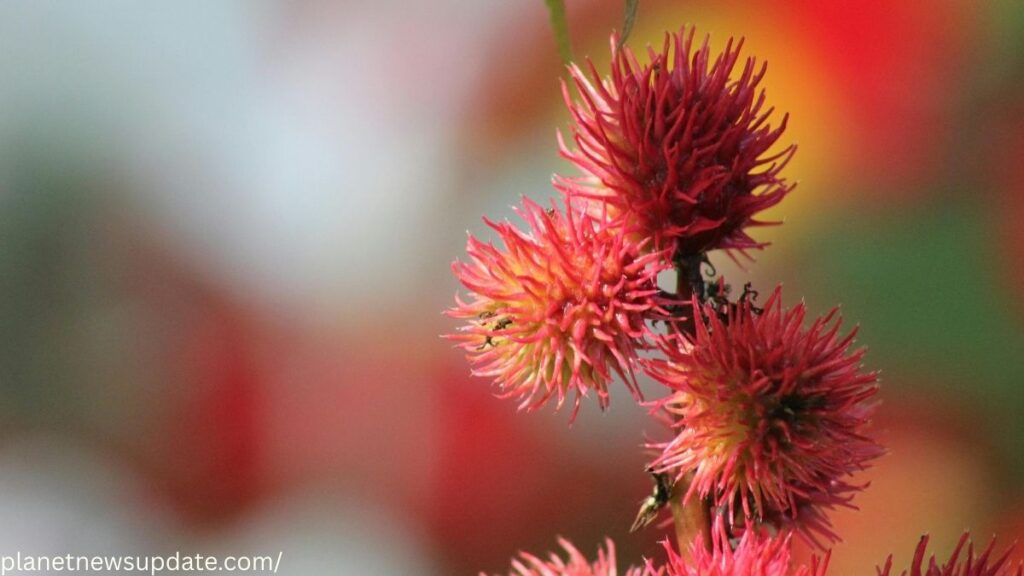
Toxic part: Seeds (castor beans)
Why dangerous: Contains ricin, one of the deadliest natural poisons.
Symptoms: Severe abdominal pain, organ failure, death.
Safe alternative: Red-leaf hibiscus or canna lilies for bold foliage.
15. Dieffenbachia (Dumb Cane)

Toxic part: Leaves and stems
Why dangerous: Releases calcium oxalate crystals that cause burning sensations.
Symptoms: Swollen tongue, inability to speak (hence the nickname).
Safe alternative: Peace lily (note: mildly toxic, but far less severe).
Must Read: Clover Lawns Are Making a Comeback
Must Read: The Ultimate Guide to Growing Garlic at Home
Must Read: Everything You Need to Know About Proplifting
Safety Tips: What to Do If Exposure Happens
- For kids: Call poison control immediately (in the U.S., 1-800-222-1222).
- For pets: Contact your veterinarian or ASPCA’s Animal Poison Control Center.
- Don’t wait for symptoms. Quick treatment can save lives.
- Bring a sample of the plant with you for identification.
FAQs
Are all lilies toxic to pets?
Yes. True lilies (Easter, Tiger, Daylilies) are highly toxic to cats, causing kidney failure.
Can touching toxic plants harm me?
Yes. Plants like giant hogweed and poison ivy cause skin burns or rashes without ingestion.
How can I make my garden kid- and pet-safe?
Choose non-toxic alternatives, use raised garden beds, and always label plants.
Final Thoughts
While toxic plants can be stunning, their risks outweigh their beauty—especially in family homes or pet-friendly yards. By knowing which species to avoid and opting for safer alternatives, you can create a garden that’s both breathtaking and safe.
Remember: A beautiful garden should bring peace of mind—not worry.







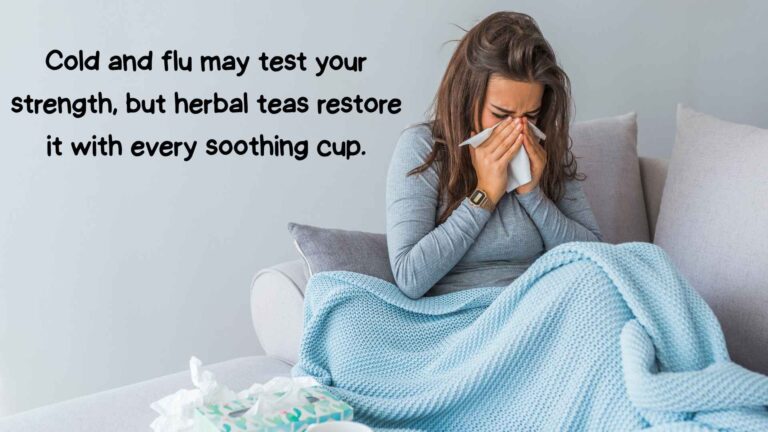
One Comment